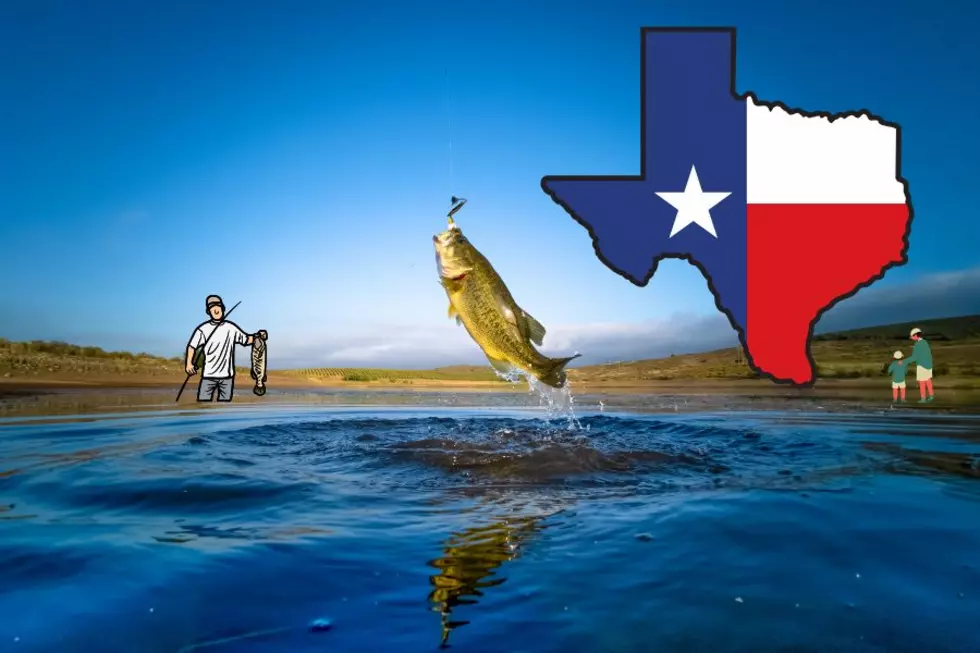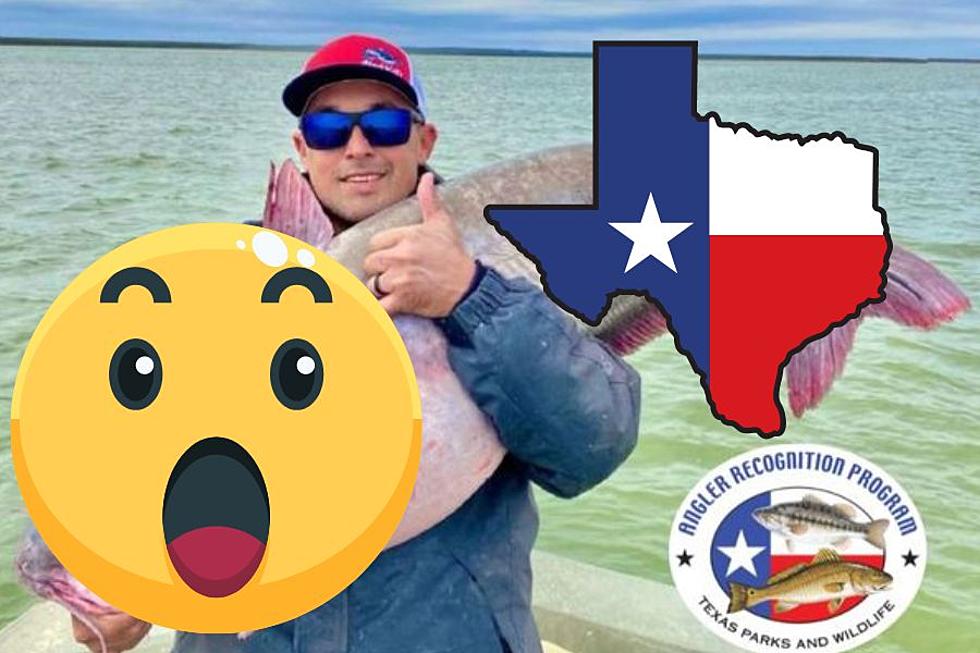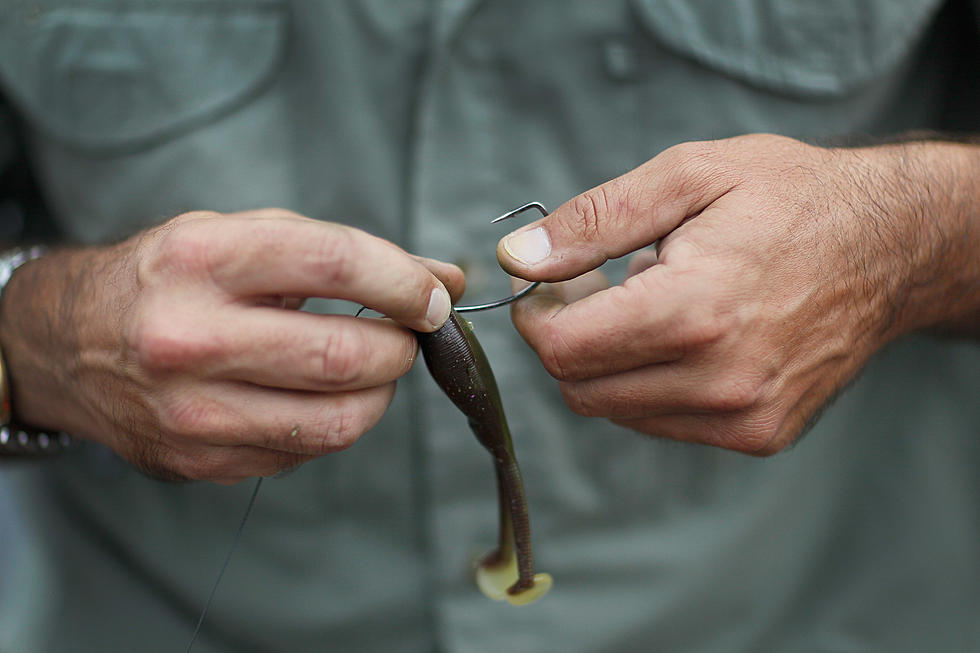
Lesser Prarie-Chicken Populations to be Surveyed by Air
Texas Parks and Wildlife experts will be amongst a group starting their second annual aerial survey to assess lesser prairie-chicken populations across five states. The effort is part of a multi-state collaboration to conserve the bird, as federal authorities consider whether to list it as a threatened species. Various oil and gas companies have committed $150,000 to help fund aerial survey work.
“The oil and gas industry enthusiastically supports the work of the five state wildlife agencies to gather accurate population estimates of the lesser prairie-chicken,” said Ben Shepperd, president of the Permian Basin Petroleum Association, representing several companies helping to fund the survey.
“We want to make sure any listing determination, which could have widespread economic impact, is based on the best available science,” said Obie O’Brien, governmental affairs vice president with Apache Corporation, an independent oil and gas exploration and production company that is providing survey funding.
With wind turbine development and oil and gas production booming across West Texas, many industry and landowner groups are watching the prairie-chicken listing decision closely. The Lesser Prairie-Chicken Interstate Working Group, composed of biologists from Texas Parks and Wildlife Department and similar agencies in New Mexico, Oklahoma, Kansas and Colorado, has just completed the first round of public comments on a range-wide conservation plan that could help preclude the need to list the bird.
Last year's effort to conduct a large-scale, helicopter-based survey to locate lesser prairie-chicken breeding areas or leks across the High Plains region in all five states occurred March-May 2012 and encompassed more than 300,000 square miles. Several previously unknown leks were detected, despite severe drought across the region. Survey teams also detected leks in Kansas beyond what was thought to be the northern extent of the bird’s historic range.
“Last year’s aerial survey reported the first statistically-valid, range-wide population estimate for the lesser prairie-chicken at an estimated 37,170 birds, but the continuing drought has been pretty horrendous, and could affect this year’s results,” said Sean Kyle, TPWD wildlife biologist in Lubbock.
“What will really make a difference is conservation efforts on the ground that we’re putting in place with the range-wide plan, including ways for industry to be supportive and landowners to enroll in voluntary conservation agreements. The five state agencies responsible for conserving this bird and its habitat are really pulling together on this.”
Aerial surveys will continue through mid-May, extending from the southern plains of the Texas Panhandle and southeast New Mexico up to northern Kansas and Colorado. Surveys will be flown at 35-40 mph about 80 feet above ground. Pilots involved have extensive experience conducting aerial surveys and will make a special effort to avoid hazing livestock on pastures.
Alongside the aerial work, TPWD biologists are continuing ground counts of prairie-chickens using known leks on four long-term study areas located on private land, work that goes back to the 1940s in some areas, such as the northeast corner of the Texas Panhandle.
According to the TPWD, private landowners in Texas, Oklahoma and New Mexico have been enrolling their lands under voluntary Candidate Conservation Agreement with Assurances (CCAA). In exchange for implementing various management practices such as prescribed grazing, brush management, and prescribed burning landowners receive assurances that they will not be required to meet any new regulations should the bird be listed under the Endangered Species Act. To date more than 322,000 acres have been enrolled in LPC CCAA’s inTexas.
Landowners can get details regarding the lesser prairie-chicken CCAA by contacting TPWD Biologist Jeff Bonner at 806-665-3494or Manuel DeLeon at the U.S. Department of Agriculture Zone office in Lubbock at (806) 791-0581. The one-stop web resource providing lesser prairie-chicken management options and available funding and assistance for landowners is http://lesserprairiechicken.com.
More From News/Talk 95.1 & 790 KFYO








![Representative Randy Neugebauer on Lubbock’s First News [VIDEO]](http://townsquare.media/site/192/files/2013/07/800x700_RandyNeugebauer_flags2011.jpg?w=980&q=75)
